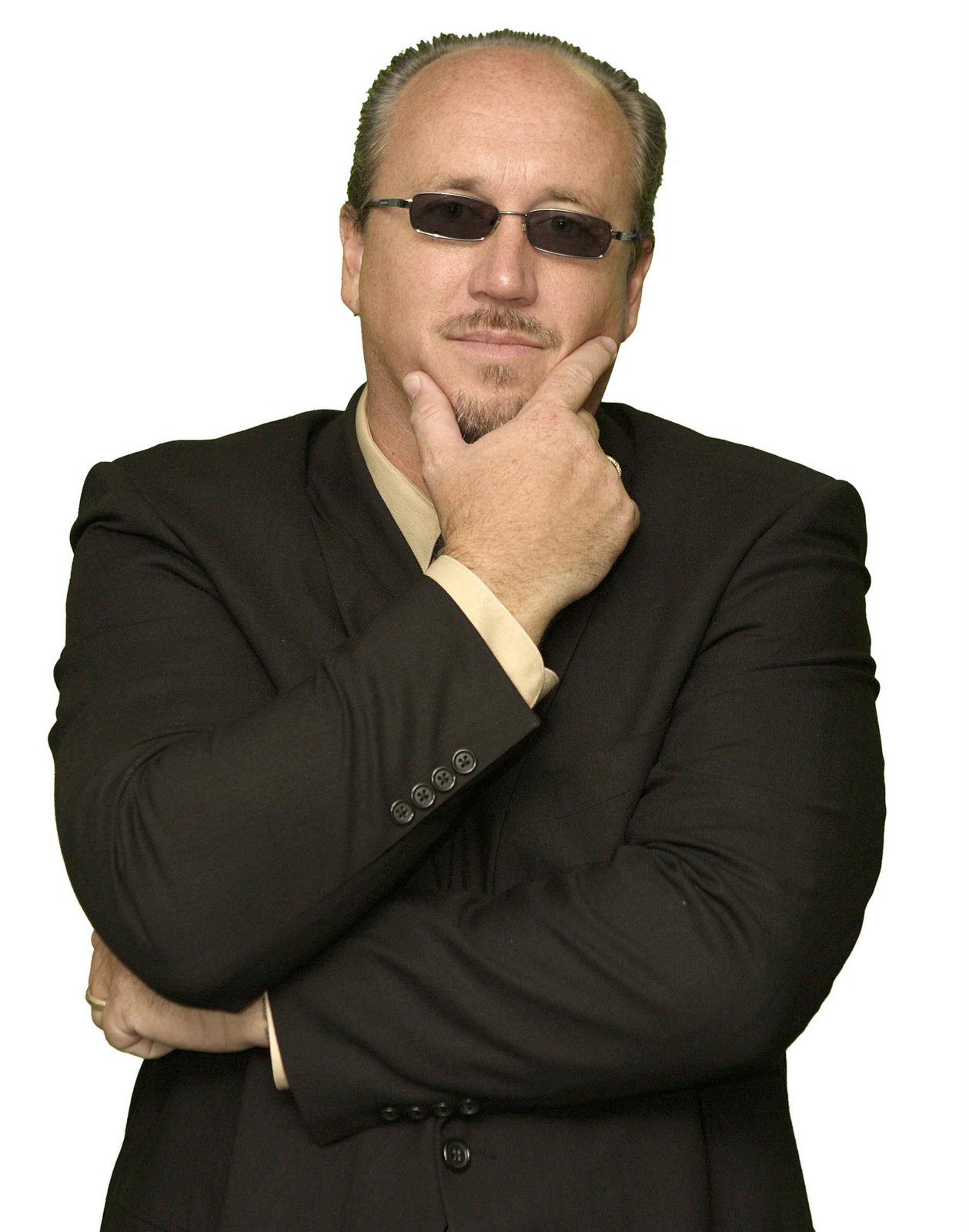My wife and I embarked on a once in a lifetime tour of Egypt, Jordan, and Israel with a personal side stop in the Netherlands. I have done some traveling in the past but NOTHING LIKE THIS and here I sit, less than a week after returning home and sill feel the after-effects of the trip. One book in our list of “suggested reading” before the trip was “Innocents Abroad” by Mark Twain where he took a similar trip, lasting MUCH longer but journaled about it in this book. While the experiences were different I can’t help but believe the title fit my impressions of the trip and over the next few columns I hope to take you with me as an innocent abroad.
“And then we buried it”
The phrase that sticks out in my mind which became an amusing catch phrase for us to kid our guide was “and then we buried it!” Our guide was an American archeologist who worked on digs in Jordan and Israel. These digs led him to research into Egypt as well because of their influence on the nations as the area superpower for so many years.
Our guide would take us through ruins and point out what they once were. We would look at a stone with a few carvings on it and a square edge but is no bigger than a Rubik’s cube and he would determine that it was once a temple to the god such-and-so along with the date and what the pharaoh ate that day for lunch. All from a Rubik’s cube sized stone. He would point out a mound covered by scrub grass and a stony sand and tell us that it was a temple built by the Egyptians where they would prepare bodies for burial, which was taken over by the Romans and used to house troops, which was taken over by Coptic Christians who used it for a church, which was taken over by the Byzantine Christians who made it a monastery, and now was a large pile of scrub grass and stony sand. Everyone in our tour group would stare in wide-eyed amazement at the mound of dirt trying to grasp and picture what was just said. Finally a brave soul would crack into the awed silence and say, “Umm, how the heck do you know that?”
He would take a deep breath and then “Well when we started digging we found mosaics of the Byzantine monastery, then we went a little deeper and found iconic paintings on the walls that matched those of Coptic churches in Egypt, then as we went wider and found stone that had grooves in them that Roman soldiers would use to sharpen their knives on and matched that with similar grooves from Roman troop shelters, then as we looked at those original stones we found hieroglyphics that show the embalming process and we also found tools that were used in that process, the deeper we dug the more we found out and could date the time periods and found that they embalmed Pharaoh Tutmosesaknotaminohapchetsuit III here in 2436 BCE, on a Thursday afternoon at 4:37, after a light lunch of dates and fresh bread.”
In awed silence the whole group turned again to the mound of scrub grass and stony sand and stared. After about fifteen minutes of mental processing another brave soul turned to our guide and said, “But it’s just a mound of scrub grass and stony sand!”
“Yes, I know, but I got great pictures of the dig, the mosaics, the icons, the stones and hieroglyphs!”
“But it is just a MOUND! Where’s the stuff!”
Our guide looked at the trusting tourist and said with confident understanding, “Well, sure its just a mound, we buried it.”
You could have heard everyone’s neck snap as we all turned to our guide in undisguised confusion. “You did WHAT?”
All of that time and work on a dig to uncover everything, painstakingly documenting every square centimeter, removing tons of dirt and debris with a pickaxe smaller than your hand and a toothbrush, taking pictures and then what do you do? You BURY it!
We would drive by “tells” or mounds of dirt in our bus and our guide would talk about what that mound represented and was then he would end by saying, “and then we buried it.” This would happen to the point where our group would complete his great description of dig sites by chorusing together: “and then you buried it.”
It seems that exposing ancient tiles, paintings and even stone to the normal elements will degrade and even destroy them. So it is common practice on archeological digs to find out everything they can, removed any pottery or other artifact, photograph it and then bury it again. This protects the site until someone can come along with the money to preserve and maintain it for tourists to see. If the money to buy a safe, protected environment is not there, it remains buried AND protected.
As I write this it reminds me of a few hearts I know. This precious artifact is buried away in a lot of people until it finds a safe, protected environment that will allow it to be exposed without destroying it. Sometimes it never happens and it stays buried and eventually forgotten but sometimes, just sometimes that heart is given a save environment for all to see and enjoy. That would make all of us archeologists. We must work on ways to get a safe environment for all those precious artifacts to be exposed to the world and enjoyed by all.
Friday, April 25, 2008
Subscribe to:
Post Comments (Atom)

No comments:
Post a Comment